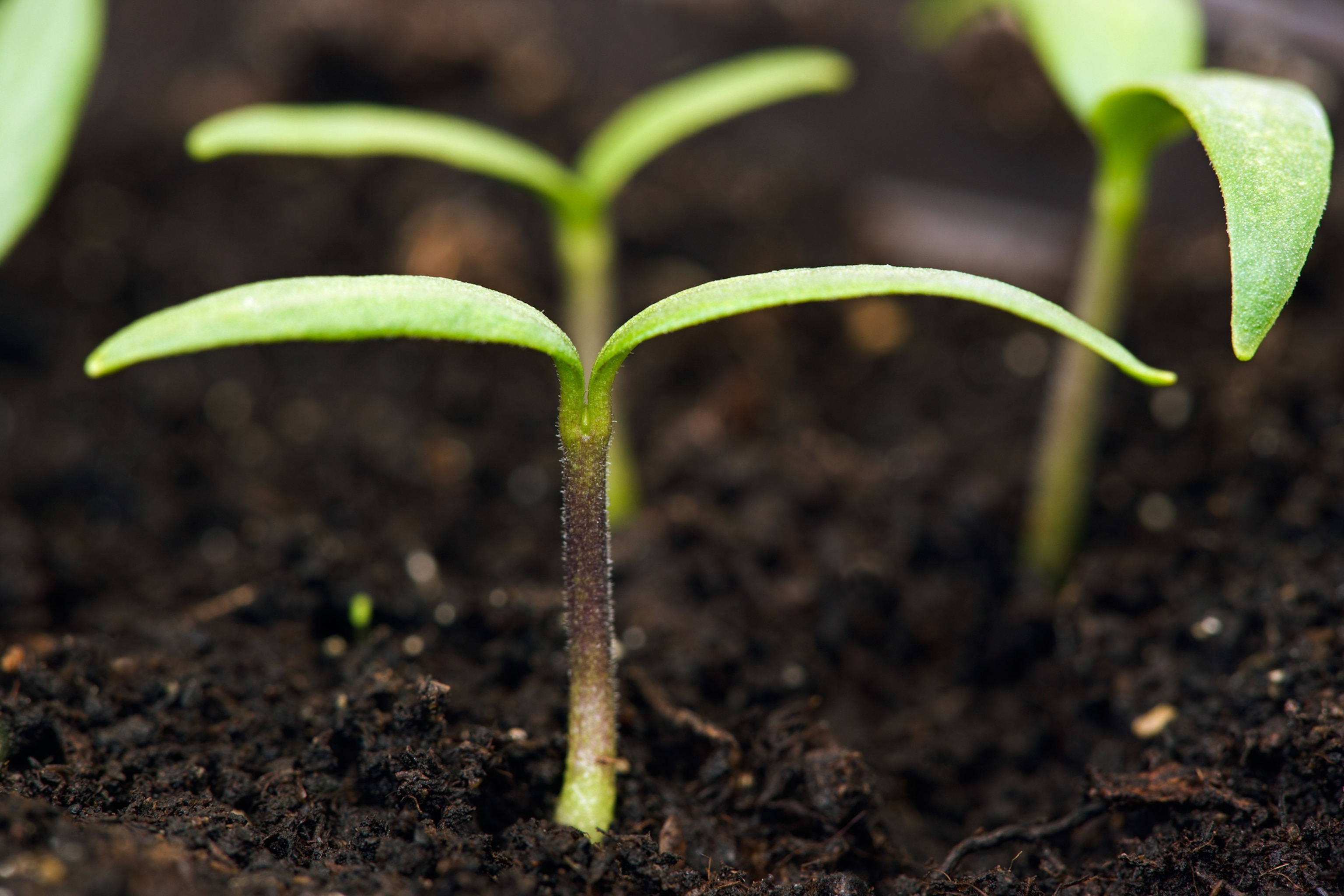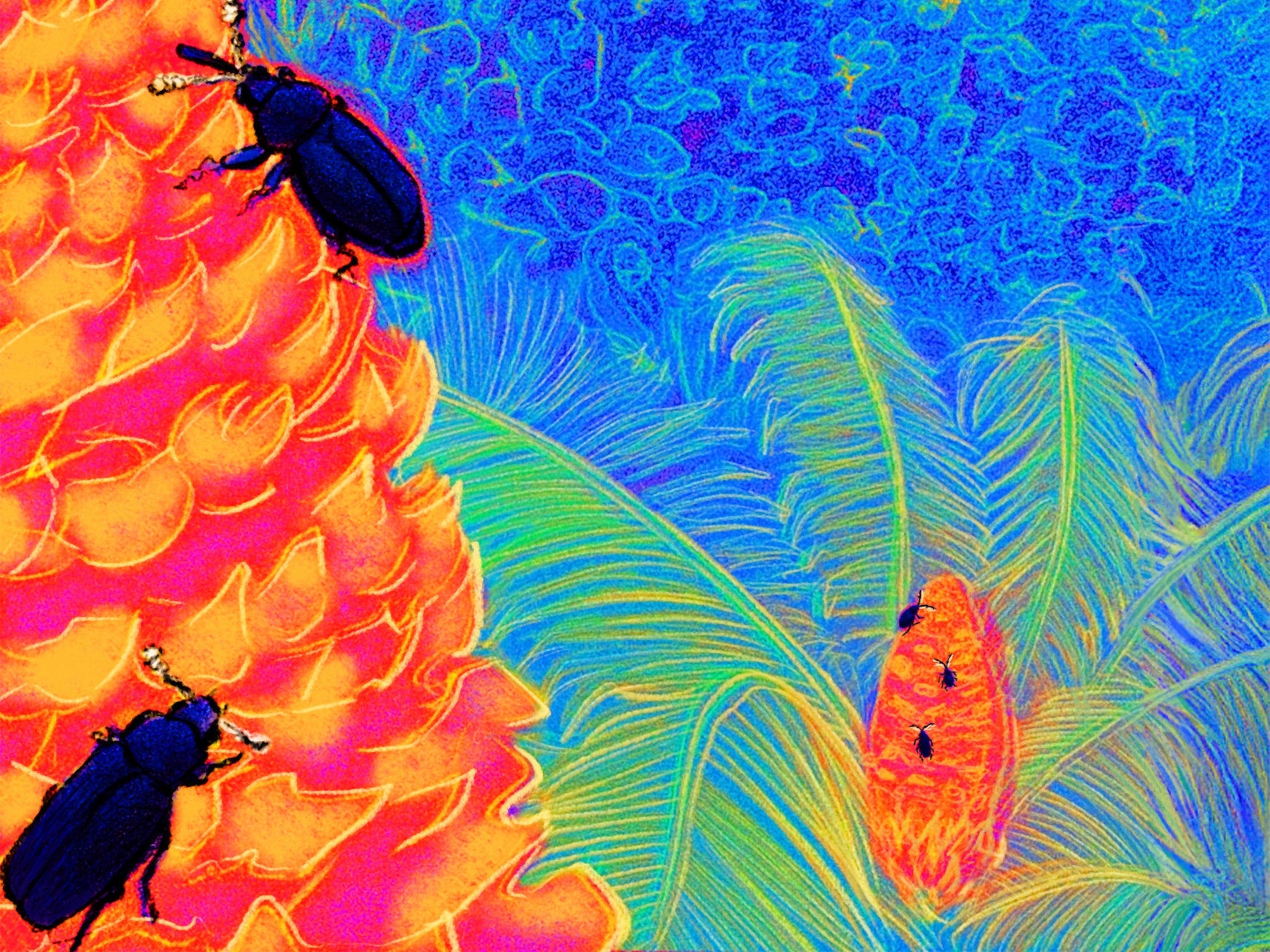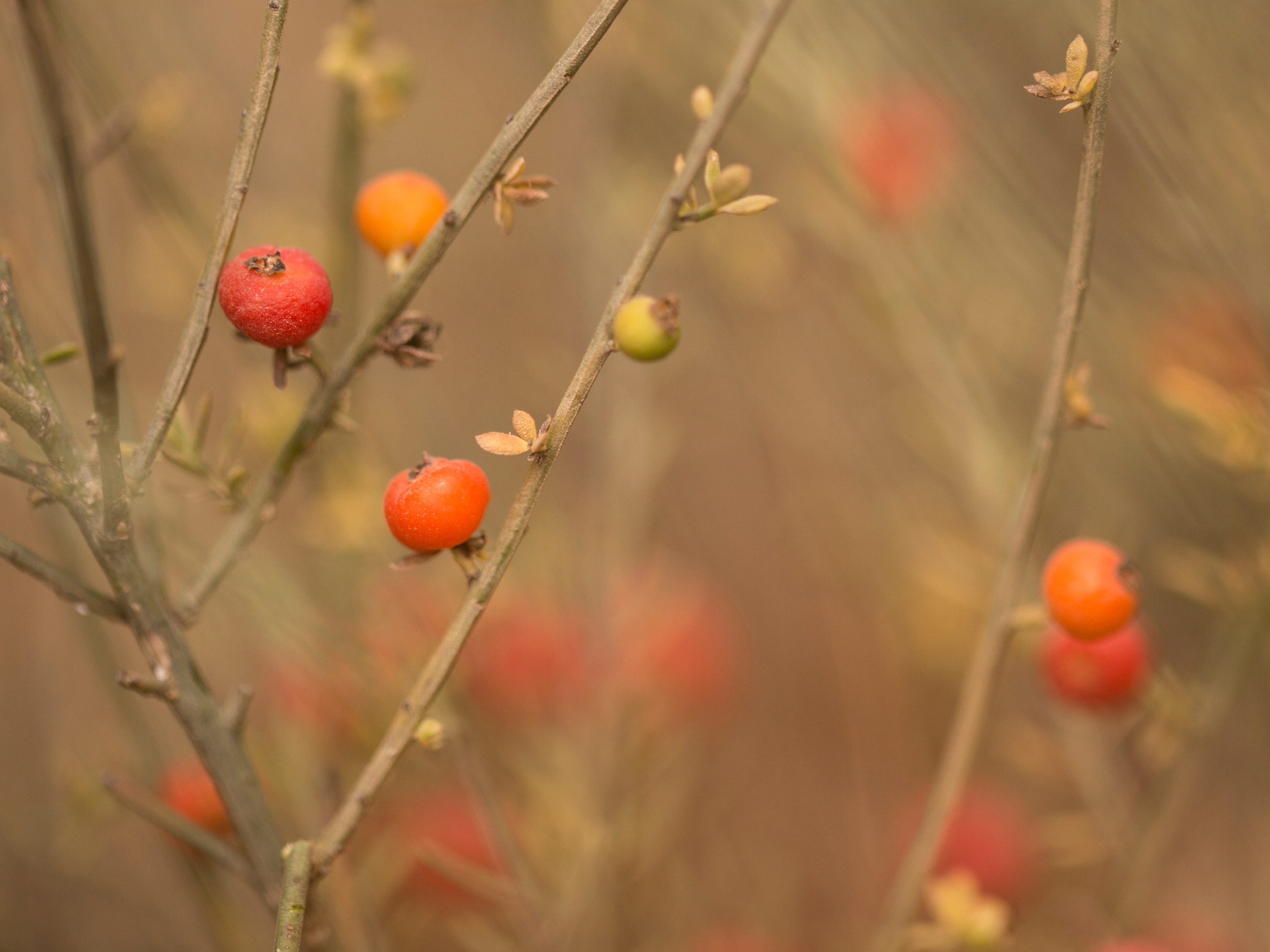
Plants "Listen" to the Good Vibes of Other Plants
When basil "speaks," chilies "listen."
Plants might be able to eavesdrop on their neighbors and use the sounds they "hear" to guide their own growth, according to a new study that suggests plants use acoustic signaling to communicate with one another.
"We have shown that plants can recognize when a good neighbor is growing next to them," said study co-author Monica Gagliano, an evolutionary ecologist at the University of Western Australia.
"We are proposing that this communication may be based upon an acoustic exchange."
The findings, published this week in the journal BMC Ecology, suggest that plants can not only "smell" the chemicals and "see" the reflected light of their neighbors, they may also "listen" to the plants around them.
"Plants are more complex organisms than we've given them credit for," Gagliano said.
Good Neighbors
In the new study, Gagliano and her colleague Michael Renton showed that chili plants sprouted faster and were healthier, compared with those grown in isolation, when they were grown next to "good neighbors," such as basil, that help inhibit weed growth and pests.
Remarkably, the scientists got the same result even when the plants were separated by black plastic so that they could not exchange light or chemical signals.
Somehow, the chili seedlings could tell what kinds of plants their neighbors were and respond accordingly. Gagliano speculates that the answer involves acoustic vibrations generated—either intentionally or not—inside plant cells.
"The vibration idea is the easiest one, and maybe the most intuitive because sounds travel very well in a lot of mediums," Gagliano said.
Gagliano's latest work is a follow-up to an experiment performed last year, in which her team showed that chili plants could similarly sense when they were surrounded by "bad neighbors," such as fennel, that release chemicals that inhibit the growth of other plants.
"Plant Language"
The scientists say research into this novel form of plant communication is still in its early days, and acknowledged there are still many unanswered questions. For example, are plants intentionally communicating with one another? And if they are, do they all speak in a universal "plant language"?
"Whatever the signal is, we don't know if the plants produce it for the purpose of signaling or if it is an accidental byproduct that other plants then 'eavesdrop' on," Renton said.
Other unknowns: What structures are plants using to talk to and listen to one another? And can insects and animals spy on plant conversations and exploit them for their own purposes?
To these questions and more, Gagliano said, the answer is "we don't know."
But "the data are here. Plants are doing something," she added. "I can't fully explain it, but that doesn't mean it's not happening."
However it is done, Gagliano thinks the ability to communicate with sound is widespread amongst plants. "If this is yet another modality that plants use to communicate, then you would expect it to be everywhere," she said.
Gagliano thinks acoustic signaling would be a rapid and easy way for plants to identify their neighbors and anticipate their actions. In contrast, chemical signaling involves the production of specialized molecules and receptors, which is costly from a resource perspective.
Encouraging Growth
Richard Evans, a crop and ecosystem specialist at the University of California, Davis, said that while he would like to see the experiment repeated a few more times, the findings "certainly are intriguing."
The researchers "appear to have evidence that there is some means of communication between plants that has not yet been identified," said Evans, who was not involved in the study.
Gagliano thinks learning the secrets of plant communication could have practical applications that could benefit humans. She imagines farmers using sound to encourage or discourage the growth of certain plants, negating the need for fertilizers or pesticides.
"I think as humans, we've been conservative in what nature will allow us to do," she said. "We limit ourselves to a small box when nature provides many more tools that we can use."
Study co-author Renton cautioned, however, that "the size of the effects in our study were fairly small."
"Whether it would be economically viable," he said, "for a farmer to play music to get that little extra germination speed, I think we'll have to wait a while for the answer to that one."





